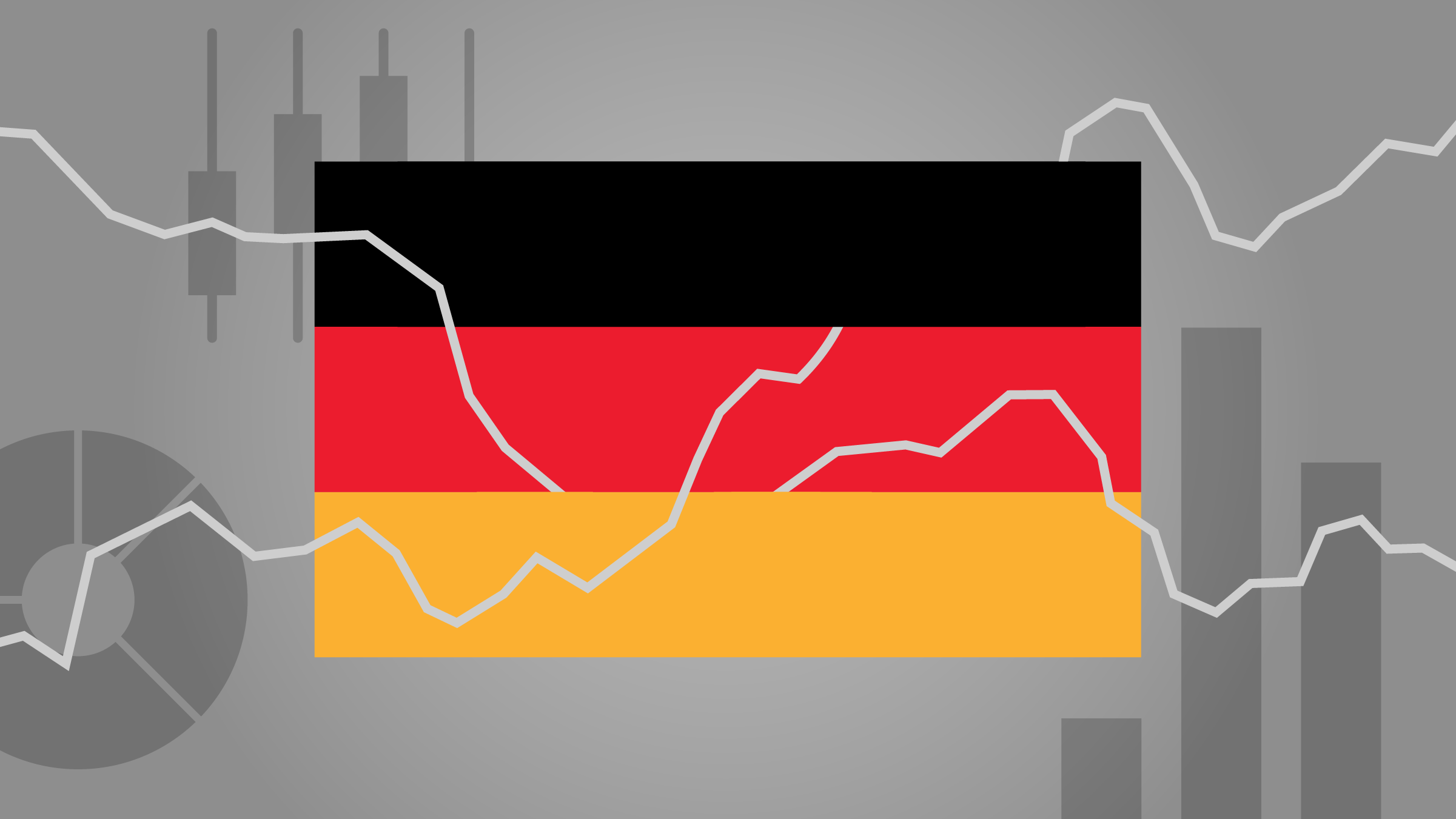When she does public presentations, Christine Tan likes to ask her audience which economic sector, in their mind, dominates MSCI’s emerging markets index. People always answer “industrials” or “materials”. The more adventurous will propose “financials”.
“Of course, the two first sectors are the ones we usually associate with emerging markets,” admits Tan, assistant vice-president and emerging markets specialist at Sun Life Global Investments, in Toronto. “Well, wrong. It’s technology.”
The share of technology in MSCI’s index is head-to-head with that of the S&P 500 - 30.1% versus 30.8%, at the end of October (percentages include companies in the communications sector). At the end of August, the share of technology in the emerging markets index stood at 32%, nearly four percentage points ahead of the S&P 500’s share of 28.4%.
Investor, move East
Asia now has tech behemoths like Alibaba (BABA), Tencent (TCEHY), Samsung, LG and Taiwan Semiconductor Manufacturing (TSM). These companies rival, and in some cases, outclass their western peers. For example, Samsung’s total employee count of 275,000 employees nearly surpasses that of Apple (AAPL), Google (GOOG) and Microsoft (MSF) combined.
“One must not think that because these stocks reside in emerging markets, they carry any particular investment risk”, indicates Jean-Pierre Couture, chief economist and strategist, emerging markets, at Hexavest. In fact, he claims that those who want to invest in tech would do better to move out of the United States toward Asia.
“Investors who have invested in the notorious FAANGs have forgotten that it’s not in the US that future growth will happen”, he notes.
Of course, just as the FAANGs dominate the US index, Asian stars dominate their respective indices. Six of the top ten stocks of the MSCI Emerging Markets index are technology related. In the S&P 500, 4 of the top ten are tech stocks. 40.2% of the MSCI China index is made up of technology stocks.
India too, has its fair share of tech giants. Couture particularly likes information technology companies like Wipro, Infosys and Tata Consultancy Services. These are, by no measure, small companies. Tata Consultancy has 395,000 employees, 5 times more than the CGI Group’s (GIB.A ) 74,000 employees.
Technology is on the rise outside of Asia also. For example, Adam Kutas, Toronto-based portfolio manager of the $59-million Fidelity Frontier Emerging Markets points out that Chilean retailer Falabella is leading the ecommerce offensive in South America.
Technology at the core of other sectors
Technology doesn’t simply stand at the periphery of emerging economies, it resides at their core and propels them, explain Tan and Kutas.
“In the past, China kept busy creating masses of jobs. Now, as its population gets increasingly educated, it must come up with jobs that its citizens want, which are in technology”, said Tan.
Emerging markets are leapfrogging via technology in multiple sectors. In finance for instance, it’s happening with mobile banking. “Kenya-based M-peas probably has the world’s most sophisticated mobile payment network”, says Tan. A recent AllianceBernstein study shows that, in China, online retail and mobile payments have reached penetration levels of 17.1% and 12.5%, while in the US, these figures stand at 10.5% and 3.2%.
In transport with high-speed trains and electric cars, in green energy with photovoltaic cells, in manufacturing with robots and high value-added production – in a single leap, these technologies allow emerging markets to rise to the level of developed countries, and even go beyond.
This is no accident. Emerging markets are investing heavily in innovation, research and development. According to Statista, of the top ten countries that invest in R&D, five are emerging economies.
Though America is in the lead with R&D spends of US$ 553 billion, China is a close second, with R&D spends of US$ 475 billion. In 5th and 6th place, South Korea and India, with $88.2 and $83.2 billion respectively, are gaining on Germany’s US$116 billion, while Brazil is holding the UK in its crosshairs, with an R&D spend of US$37.5 versus the UK’s $49.5 billion.
As one would expect, patent submissions worldwide reflect these numbers. In 2016, China submitted 1.33 million patents, twice as many as the US, while India and Russia, the 7th and 8th most active filers, have submitted 45,000 and 41,587 patent requests.
One of the reasons behind this, is the increasing human capital that is available in emerging markets. At a San Francisco presentation, when Steve Jobs was asked why he had his products manufactured in Asia, he said, “In the US, I’m unable to fill this hall with industrial engineers; in China, I can fill whole cities.”


















